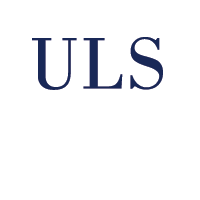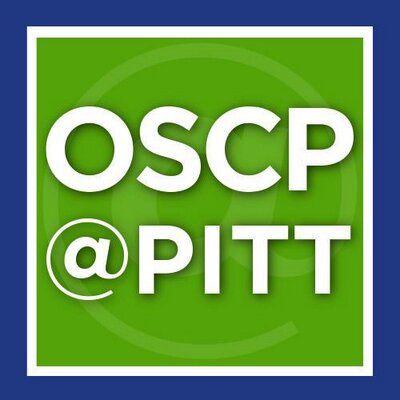Cruz, J. Agustin
(2018)
FUNCTIONAL REGULATION OF INTERLEUKIN-17 RECEPTOR SIGNALING.
Doctoral Dissertation, University of Pittsburgh.
(Unpublished)
Abstract
An appropriate inflammatory immune response requires the effective orchestration of molecular and cellular effectors. Interleukin-17 (IL-17) is a cytokine, small signaling proteins, made by immune cells to communicate with mainly non-immune cells. IL-17 signaling engages its receptor (IL-17R) to induce inflammation by stabilizing transcripts or by inducing expression of target genes. IL-17R downstream intermediate proteins activate and downregulate intracellular signaling. IL-17R shares some, but not all, intracellular intermediate proteins with Toll-like receptor (TLR) and Tumor necrosis factor α receptor (TNFR) signaling. Previous research has shown that not all intermediates from TLR or TNFR1 pathways participate of IL-17R signaling. We aimed to identify novel intermediate proteins acting downstream in IL-17R by using molecular and cellular biology and biochemical techniques. After identifying five possible novel intermediates that either activate (caveolin-1 and AnapC3) or inhibit (ABIN-1, CYLD, Otulin) IL-17R signaling, we aimed to describe the mechanism of action of two of them, ABIN-1 and caveolin-1. We described the molecular mechanisms by which ubiquitin-binding protein ABIN-1 and membrane-bound scaffolding protein Caveolin-1 control IL-17 signaling. Interestingly, as previous research on other signaling intermediates of IL-17R signaling has shown, IL-17R signaling also regulates the expression of these two proteins in what we propose is a self-modulatory signaling mechanism. Specifically, we identified that ABIN-1 inhibits baseline and IL-17-activated signaling by binding polyubiquitin independently of A20. Moreover, we showed that IL-17 signaling induced degradation of ABIN-1. For caveolin-1, we observed a different mechanism of regulation. Thus, Caveolin-1 interacted with a subunit of IL-17R and regulated trafficking of IL-17R to the cell surface. Interestingly, caveolin-1 regulatory functions correlated with an activating role of caveolin-1 in IL-17R signaling. Lastly, caveolin-1 was downregulated by IL-17 signaling. In this thesis we report novel functions for ABIN-1 and caveolin-1 downstream of IL-17R. These results provide insight into the mechanism by which ABIN-1 and caveolin-1 regulate IL-17R signaling, and how IL-17R signaling self-regulates by modulating the expression or degradation of these two proteins. The results from this thesis contribute to the understanding of IL-17-mediated inflammatory signaling, and set the groundwork for future research on therapies to modulate this inflammatory response.
Share
| Citation/Export: |
|
| Social Networking: |
|
Details
| Item Type: |
University of Pittsburgh ETD
|
| Status: |
Unpublished |
| Creators/Authors: |
|
| ETD Committee: |
|
| Date: |
26 January 2018 |
| Date Type: |
Publication |
| Defense Date: |
14 December 2017 |
| Approval Date: |
26 January 2018 |
| Submission Date: |
26 January 2018 |
| Access Restriction: |
3 year -- Restrict access to University of Pittsburgh for a period of 3 years. |
| Number of Pages: |
181 |
| Institution: |
University of Pittsburgh |
| Schools and Programs: |
School of Medicine > Immunology |
| Degree: |
PhD - Doctor of Philosophy |
| Thesis Type: |
Doctoral Dissertation |
| Refereed: |
Yes |
| Uncontrolled Keywords: |
Interleukin-17, IL-17 receptor, IL-17R signaling, NF-KB signaling, ABIN-1, Caveolin-1, inhibition, activation, molecular biology, cytokine signaling, immunology, CYLD, Otulin, ubiquitin |
| Date Deposited: |
26 Jan 2018 15:44 |
| Last Modified: |
26 Jan 2021 06:15 |
| URI: |
http://d-scholarship.pitt.edu/id/eprint/33734 |
Metrics
Monthly Views for the past 3 years
Plum Analytics
Actions (login required)
 |
View Item |








